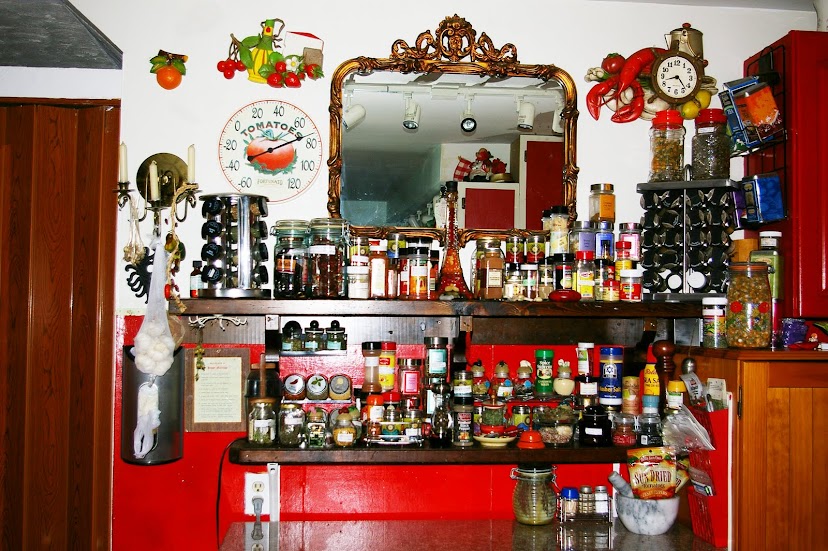Did you know some bats help control the insect population? Worldwide, bats are the major predators of night-flying insects, including mosquitoes and many crop pests. An individual Mouse-eared Bat from North America can catch up to 600 mosquitoes in an hour! Closer to home, it has been estimated that the colony of 300,000 bats at De Hoop Cave catch 100 tons of insects a year, including many crop pests, thus providing an important service to farmers in the Bredasdorp area.
Many bats spread seeds for new plants and trees.
Wild varieties of many of the world’s most economically valuable crop plants also rely on bats for survival.
Scientific Value
Copyright@SimoneBonda
Disclaimer - The herbal information on this web site is intended for educational purposes only. It is not the intention of the editor to advise on health care. Please see a medical professional about any health concerns you have. Disclaimer - These statements have not been evaluated by the FDA. The information on this web site is not intended to prevent, diagnose, treat, or cure any disease. Tweet
With bats eating all those insects, this means fewer chemicals and poisons will be used on crops, and that's healthier for all of us!
Many bats spread seeds for new plants and trees.
Throughout the tropics the seed dispersal and pollination activities of fruit- and nectar-eating bats are vital to the survival of rain forests, with some bats acting as ‘keystone’ species in the lives of plants crucial to entire ecosystems. Many plants bloom at night, using unique odours and special flower shapes to attract bats. One example is the famous baobab, Adansonia digitata which bats pollinate as they approach from below in a manner likely to contact the flower’s reproductive organs, while another is the Sausage Tree Kigelia africana.
By helping to rebuild cut forests, bats are also making sure other animals continue to have homes, shelter and food.
Wild varieties of many of the world’s most economically valuable crop plants also rely on bats for survival.
Examples include wild bananas, breadfruit, avocados, dates, figs, peaches and mangoes. Although many of these are now commercially cultivated, the maintenance of wild stocks is vital as a source of genetic material for breeding disease-resistant and productive varieties in the future.
More than 300 plant species in the Old World tropics alone rely on the pollinating and seed-dispersal services of bats, providing more than 450 economically important products, valued in the hundreds of million of US$ annually. Just one, the durian fruit of Southeast Asia, sells for US$120 million each year and relies exclusively on flying foxes for pollination.
The value of tropical bats in reforestation alone is enormous. Seeds dropped by bats account for up to 95% of forest re-growth on cleared land.
More than 300 plant species in the Old World tropics alone rely on the pollinating and seed-dispersal services of bats, providing more than 450 economically important products, valued in the hundreds of million of US$ annually. Just one, the durian fruit of Southeast Asia, sells for US$120 million each year and relies exclusively on flying foxes for pollination.
The value of tropical bats in reforestation alone is enormous. Seeds dropped by bats account for up to 95% of forest re-growth on cleared land.
Scientific Value
Studies of bats have contributed to the development of navigational aids for the blind, birth control and artificial insemination techniques, vaccine production and drug testing, as well as to a better understanding of low-temperature surgical procedures.
The saliva from the vampire bat is being studied to see if someday a new medicine can be found to help people with heart problems.
If you have any questions, please feel free to ask! Thanks for looking!
God Bless, Simone :)
Copyright@SimoneBonda
Disclaimer - The herbal information on this web site is intended for educational purposes only. It is not the intention of the editor to advise on health care. Please see a medical professional about any health concerns you have. Disclaimer - These statements have not been evaluated by the FDA. The information on this web site is not intended to prevent, diagnose, treat, or cure any disease. Tweet

No comments:
Post a Comment